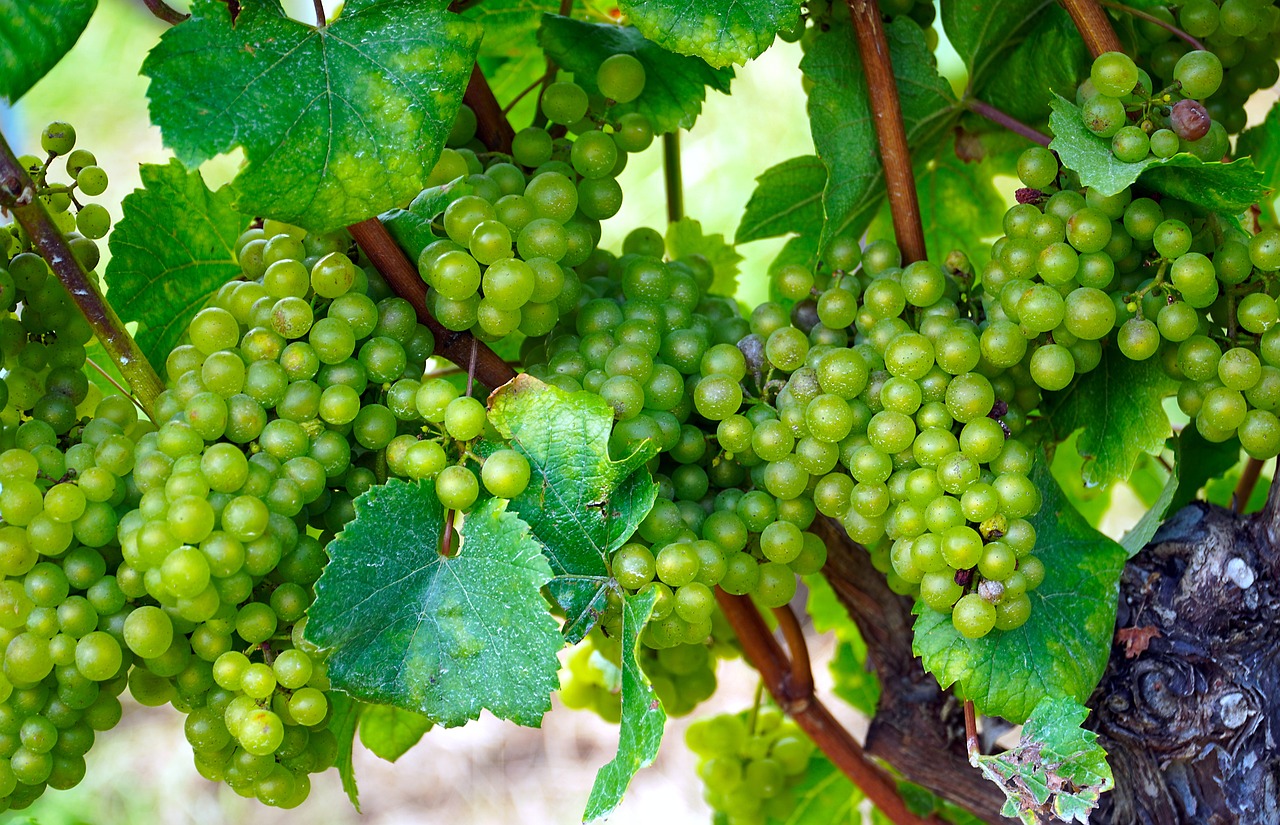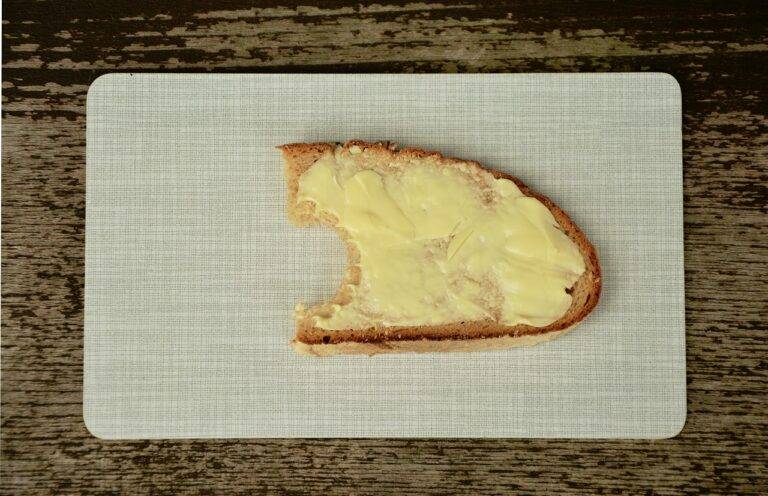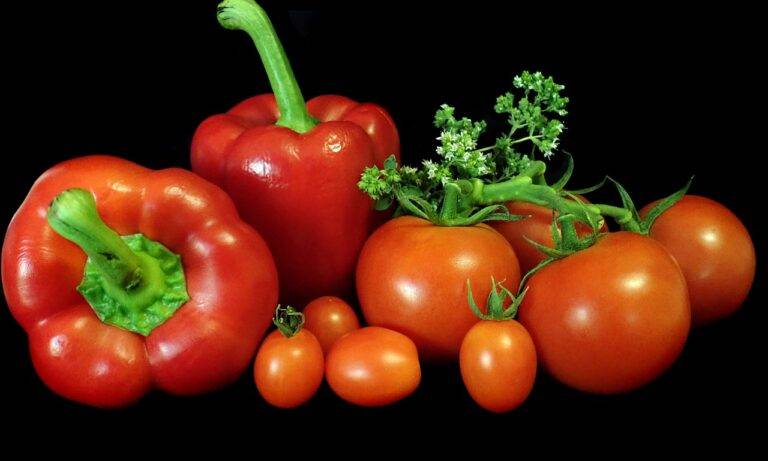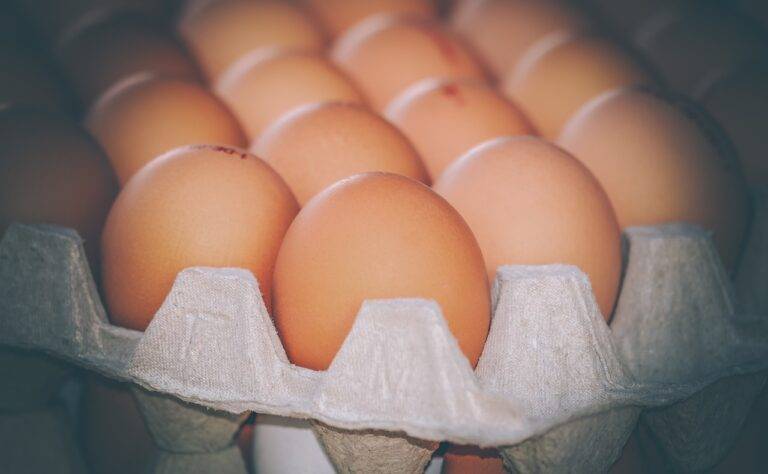The Intersection of Food and Art: Culinary Masterpieces
From Vincent van Gogh’s vibrant “Sunflowers” to Claude Monet’s picturesque “Water Lilies,” famous paintings have long been a source of inspiration for culinary creations. Chefs around the world have taken cues from these masterpieces, translating colors, textures, and themes onto plates. The result? A feast for both the eyes and the palate.
By incorporating elements such as edible flowers, colorful sauces, and decorative plating techniques, chefs are able to capture the essence of these iconic paintings in their dishes. For example, a dish inspired by Salvador Dali’s surreal “The Persistence of Memory” might feature melting chocolate spheres filled with a creamy espresso mousse, evoking the dreamlike quality of the artwork. Through this fusion of art and culinary expertise, diners are treated to a multisensory experience that celebrates creativity in both the visual and gastronomic realms.
The Influence of Art Movements on Food Presentation
The Impressionist movement, with its focus on capturing fleeting moments and natural light, has inspired food presentation to embrace simplicity and natural beauty. Dishes are often arranged with delicate precision, highlighting the vibrant colors and textures of the ingredients in a way that mimics the brushstrokes of an Impressionist painting.
On the other hand, the Surrealist movement, known for its dreamlike and unconventional imagery, has influenced food presentation to become more playful and whimsical. Chefs are experimenting with unexpected flavor combinations, unusual plating techniques, and even incorporating elements of surprise into their dishes, creating a dining experience that challenges traditional norms and encourages diners to think outside the box.
How can famous paintings inspire culinary creations?
Famous paintings often use color, composition, and themes that can be translated into food presentation, leading chefs to create dishes that are visually striking and artistic.
How does art movements influence food presentation?
Art movements such as Impressionism, Cubism, and Surrealism have influenced chefs to play with shapes, colors, textures, and plating techniques to create visually appealing dishes that mirror the principles of these art movements.
Can you give an example of a dish inspired by a famous painting?
Sure, for example, Vincent van Gogh’s “Starry Night” has inspired chefs to create dishes using blue and yellow ingredients to mimic the color palette of the painting, creating a visually stunning dish.
What are some common techniques used in food presentation inspired by art movements?
Some common techniques include using edible flowers and herbs to create a sense of movement and texture on the plate, playing with negative space to create balance, and using color contrasts to make the dish visually appealing.





